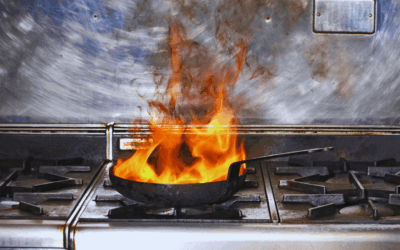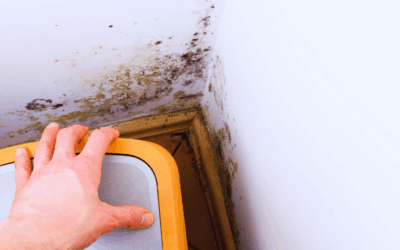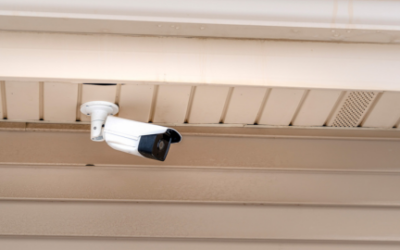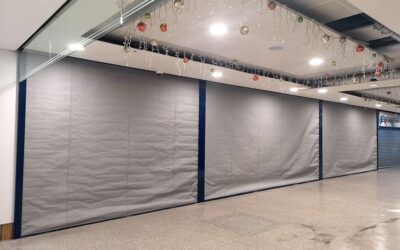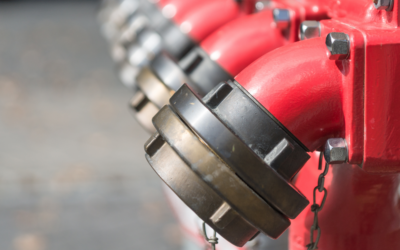A dry riser system ensures fire safety in large buildings. In this comprehensive guide, we will delve into what dry risers are, how they function and the legal requirements surrounding them. We will also explore the potential consequences of neglecting dry riser maintenance and provide practical advice on ensuring these systems remain in optimal condition.
What is a Dry Riser System?
A dry riser is a system of pipes and valves designed to distribute water to multiple building levels in the event of a fire.
Unlike wet risers, which are constantly filled with water, a dry riser system is empty and requires firefighters to connect to a water source during an emergency. This setup is instrumental in high-rise buildings, where it may be challenging to pump water from ground level quickly.
How Does a Dry Riser Work?
How a dry riser works:
- Dry risers use vertical pipes throughout the building.
- There are dry riser ‘outlet‘ valves on each floor.
- At ground level, dry risers use ‘inlet‘ connections.
- Firefighters:
- Access the ‘inlet‘ cabinet
- Attach their hoses to the ‘inlet‘ valve.
- Connect to a water source (fire engine or hydrant).
- Pump water into the dry riser system.
- Feed 12 bar of pressure into the ‘inlet‘ system.
- Water can then be received at the ‘outlet‘ valve on each floor.
- A lighter hose is then plugged into the ‘outlet‘ connection.
- The fire is then extinguished.
This process eliminates the need to run long and heavy hoses throughout the building. Dry risers save time and lives.
Understanding Dry Risers
Their Importance in Building Safety
Dry risers are an essential part of modern building safety infrastructure. They are designed to ensure the rapid and efficient deployment of water in firefighting operations. These systems are particularly vital in multi-storey buildings, where quick and effective access to water can make the difference between a minor incident and a catastrophic event. The importance of dry risers in building safety cannot be overstated, as they play an important role in several key areas.
Facilitate Quick Response
Dry risers can facilitate a quick response during a fire emergency.
Without dry risers, firefighters would have to rely on external hoses to deliver water to upper floors. This process is both time-consuming and physically demanding.
By providing a dedicated internal pipeline, dry risers allow firefighters to connect a water source at ground level and immediately delivering water to the higher floors where it is needed.
Effective Fire Control
Dry risers offer a ready-made solution for water distribution throughout a building.
During a fire, every second counts, and the ability to quickly access water on multiple floors can greatly enhance firefighting efficiency. With a dry riser system in place, firefighters can combat the fire from within the building. They can target specific areas and prevent the blaze from spreading.
Support Firefighters
Dry risers support firefighting efforts by alleviating the physical burden.
Without a dry riser, firefighters would need to manually carry heavy hoses up numerous flights of stairs. This is a task that is both exhausting and time-consuming. The physical strain associated with this process can slow down response times and reduce the overall effectiveness of the firefighting operation.
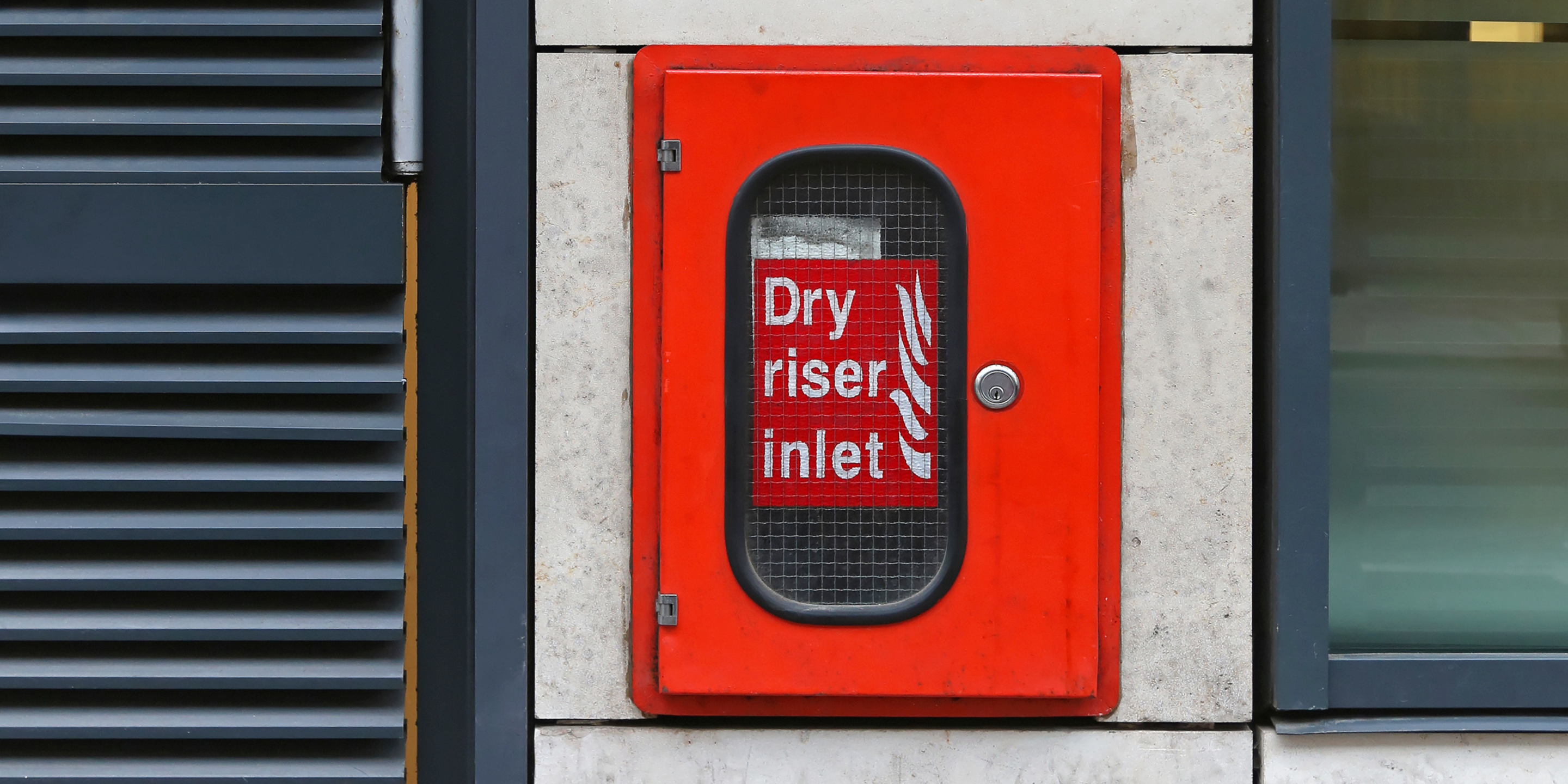
What Are The Dry Riser Legal Requirements?
In the UK, the British Standard BS9990:2015 provides comprehensive guidelines for the installation, testing, and maintenance of non-automatic fire-fighting systems, including dry risers.
Key Requirements of BS9990:2015
- Dry risers are mandatory in buildings over 18m tall.
- Cabinets must be positioned 400-600mm above the finished floor level.
- If placement isn’t possible, agreements with the local authority must be documented.
- Inlet valves should be within 18m of the fire brigade access point and clearly marked.
- Landing valves must be on each floor, spaced no more than 45m apart, and 800mm above the floor.
- Regular inspections and maintenance are required.
- Visual inspections should be done every six months, with annual testing at 12 bar pressure.
- Detailed records of tests and repairs must be maintained.
All tests and repairs must be documented. BSI Group Code of Practice
How Often Should Dry Risers Be Tested?
BS9990:2015 outlines visual inspections are to be carried out every six months and full pressure tests be conducted annually.
Visual Inspections
During visual inspections, a thorough examination of the system is conducted. This is to identify any obvious signs of damage, tampering, or obstruction. These regular checks help to catch potential issues early before they can compromise the system’s effectiveness.
Full Pressure Inspections
Full pressure tests are essential for verifying the integrity of the dry riser system under operational conditions. During a full pressure test, the system is filled with water and subjected to the pressures it would experience during actual firefighting operations. This rigorous testing ensures that the dry riser can handle the stress and deliver water efficiently when needed.
Compliance with these regulations enhances building safety and removes the risk of legal and insurance implications. Failure to adhere to BS9990:2015 can result in legal penalties and may invalidate insurance policies. Insurance companies often require proof of regular maintenance and testing to ensure that fire safety systems are reliable.
Take a look at our OHEAP YouTube
How To Book Dry Riser Testing
Contact a professional service provider like OHEAP.
We will help streamline this process for you. At OHEAP, we can ensure that your dry riser system is thoroughly inspected, tested, and certified.
OHEAP specialises in fire safety equipment testing and maintenance. Once you have scheduled an appointment, OHEAP’s technicians will arrive at your building to conduct either a visual inspection or a full pressure test of your dry riser system.
The Process
The visual inspection is the first step, as it allows the technicians to:
- Identify any visible signs of damage or tampering.
- Remove obstructions that could affect the system’s performance.
- Examine the inlet and outlet valves and pipework.
- Ensure that everything is in good condition and free from issues that could stop water flow during an emergency.
After the visual inspection, the next step is the full pressure test.
- OHEAP’s technicians will use specialised equipment to fill the dry riser system with water.
- We will then subject the system to the necessary pressure required during firefighting operations.
- This test is designed to verify that the system can hold and deliver water efficiently without any leaks or weaknesses.
- The pressure test is a thorough process that simulates real-life conditions.
- We ensure that the dry riser system is capable of performing effectively when needed most.
- Any issues identified during this test will be addressed promptly, with repairs carried out to restore the system’s functionality.
Upon successful completion of the inspection and pressure test, OHEAP will provide certification that your dry riser system complies with BS9990:2015 standards. This certification is an important document that demonstrates your adherence to legal requirements.

What Happens If A Dry Riser Maintenance Is Missed?
Failing to maintain a dry riser can be severe. It impacts property, financial stability, liability and human lives.
Regular maintenance is essential for ensuring that a dry riser system functions effectively during a fire emergency. Missing maintenance checks can lead to several negative outcomes, each with serious implications.
Invalid Insurance
Neglecting dry riser maintenance can invalidate insurance policies.
Insurance companies require that fire safety equipment, including dry riser systems, be maintained under relevant regulations, such as BS9990:2015.
As a result of missed inspections, the insurance company may refuse to cover the damages. Therefore leaving the building owner financially responsible for all repair and replacement costs.
Loss of Life
Missing dry riser maintenance can have consequences for human safety.
The primary purpose of dry risers is to provide a reliable source of water to fight fires. If maintenance checks are skipped, the system may develop undetected issues such as blockages, leaks or valve malfunctions. This could prevent the dry riser from delivering an adequate water supply.
Extensive Fire Damage
An unmaintained dry riser system is more likely to fail during a fire.
This may result in a lack of sufficient water to combat the flames effectively. Failure can allow the fire to spread more rapidly and extensively, causing severe damage to the building and potentially endangering adjacent structures.
